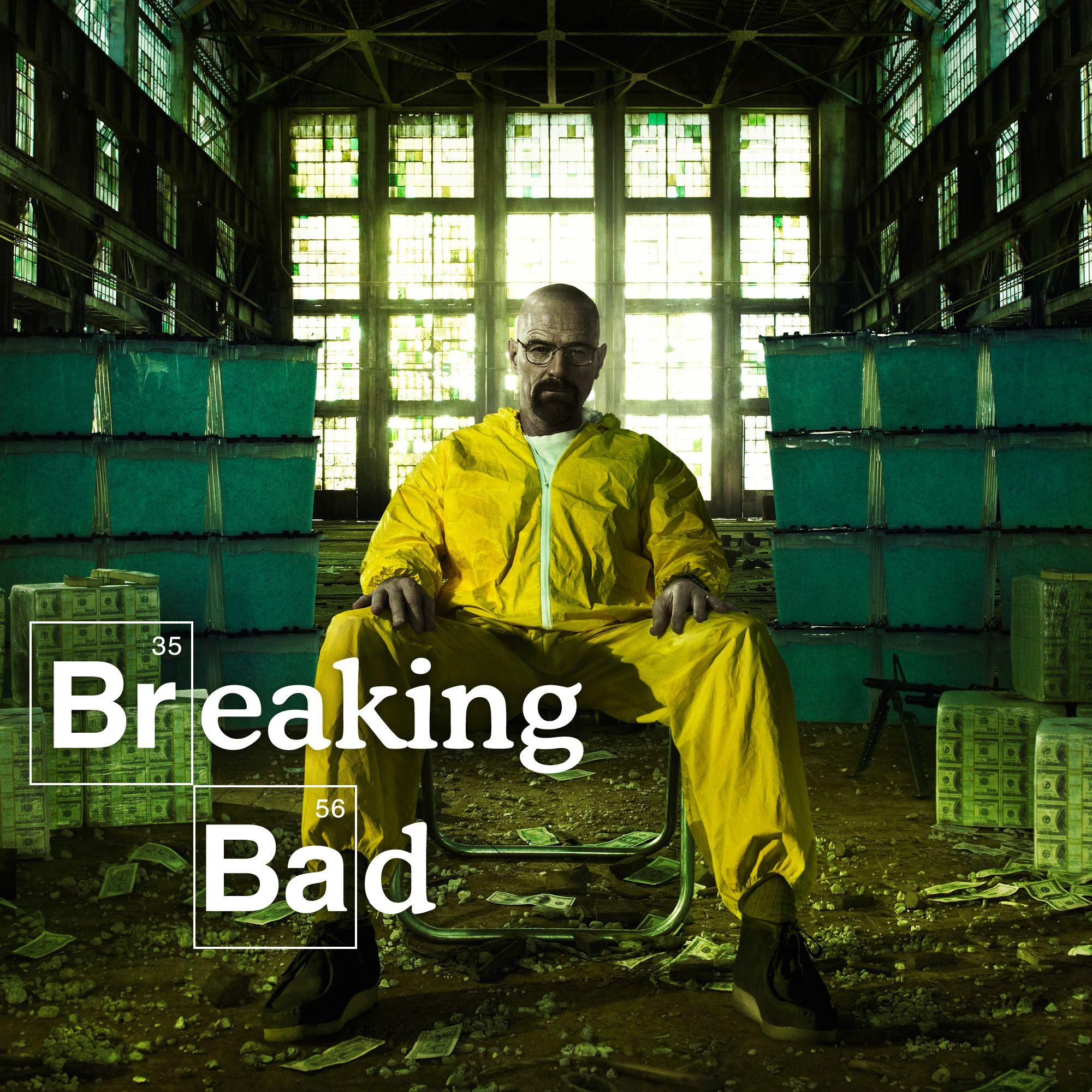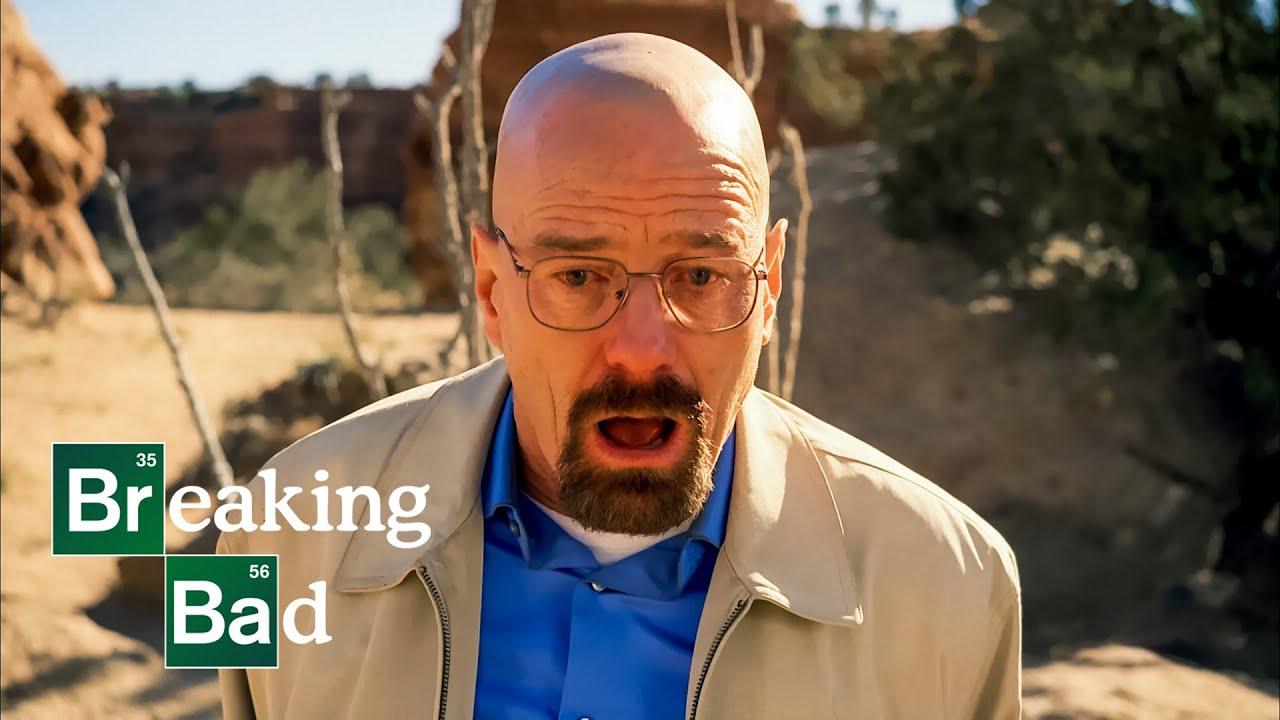Title: “Breaking Bad: A Critical Examination of Moral Ambiguity and the Glorification of Criminal Behavior”
Introduction:
Since its debut in 2008, “Breaking Bad” has captivated audiences worldwide with its intricate storytelling and complex character development. The series, which chronicles the transformation of Walter White from a mild-mannered chemistry teacher to a ruthless drug lord, has sparked considerable debate about its portrayal of morality and criminality. As a cultural phenomenon, “Breaking Bad” has been lauded for its narrative brilliance and character depth, yet it also raises critical questions about the depiction of moral ambiguity and the potential glorification of criminal behavior. This article seeks to explore these themes, examining whether the series merely reflects the complexities of human nature or if it inadvertently glamorizes a life of crime. By dissecting key elements of the show, we aim to understand its impact on viewers and its place in the broader conversation about ethics and media representation.
Exploring Moral Complexity in Breaking Bads Narrative
Breaking Bad’s narrative intricately weaves a tapestry of moral complexity, inviting viewers to question the ethical boundaries of its characters. Walter White, a high school chemistry teacher turned methamphetamine manufacturer, stands as the epitome of moral ambiguity. His transformation is not merely a descent into criminality but a journey that challenges the conventional dichotomy of good versus evil. The series prompts viewers to grapple with difficult questions:
- Is Walter’s initial decision to cook meth truly rooted in desperation, or does it unveil a latent desire for power and recognition?
- How do the motivations of characters like Jesse Pinkman and Hank Schrader further blur the lines between right and wrong?
- To what extent does the environment and societal pressures justify or condemn their actions?
Breaking Bad does not simply glorify criminal behavior; rather, it presents it as a complex web of choices influenced by personal, social, and economic factors. This narrative structure encourages viewers to reflect on their own moral compass and consider the multifaceted nature of human decisions. As such, the series becomes a mirror reflecting the intricacies of morality, leaving audiences to ponder where the line is drawn and how easily it can be crossed.

Analyzing the Impact of Criminal Behavior Representation
In the realm of television storytelling, the portrayal of criminal behavior often walks a fine line between exploration and glorification. Breaking Bad, with its complex narrative and morally ambiguous characters, invites viewers to delve into the psyche of its protagonist, Walter White. His transformation from a high school chemistry teacher to a drug kingpin challenges traditional notions of morality and ethics. This intricate character study prompts audiences to question their own perceptions of right and wrong, blurring the lines between empathy and condemnation.
Critics argue that such representations can inadvertently glorify criminal activities by painting them in a nuanced, and at times, sympathetic light. Yet, the show’s narrative structure and character development serve a dual purpose:
- Exposing the consequences: The series meticulously details the destructive impact of Walter’s choices on his family, community, and ultimately, himself, serving as a cautionary tale.
- Exploring human complexity: By presenting a character who embodies both villainy and vulnerability, the series compels viewers to confront the uncomfortable reality of moral ambiguity inherent in human nature.
Through these elements, Breaking Bad not only entertains but also invites critical reflection on the nature of crime and morality in contemporary society.

Balancing Entertainment and Ethical Reflection
In the intricate tapestry of Breaking Bad, viewers are invited to traverse the murky waters of moral ambiguity and the allure of criminal behavior. The show skillfully blends entertainment with ethical reflection, challenging audiences to ponder the thin line between right and wrong. While Walter White’s transformation from a high school chemistry teacher to a methamphetamine kingpin is undeniably compelling, it raises critical questions about the potential glorification of his actions. Is the series a mere depiction of a man’s descent into moral decay, or does it inadvertently celebrate his cunning and resilience?
- Character Complexity: The characters’ multifaceted personalities force viewers to grapple with their own moral compass, questioning the justification of actions taken in the name of survival.
- Narrative Impact: The narrative’s gripping tension and unexpected twists often overshadow the underlying ethical dilemmas, leading to a deeper reflection on the consequences of glorifying crime.
- Viewer Responsibility: It is crucial for audiences to engage critically, recognizing the distinction between fiction and reality, and to understand the broader societal implications of such portrayals.
By intertwining intense drama with ethical conundrums, Breaking Bad invites us to not only enjoy the ride but also to question the moral costs of our entertainment choices.

Recommendations for Viewing with a Critical Perspective
When engaging with Breaking Bad through a critical lens, it is essential to consider the nuanced portrayal of its characters and their actions. This examination can help in understanding whether the series glorifies or merely depicts moral ambiguity and criminal behavior. Here are some points to ponder:
- Character Development: Analyze how the transformation of Walter White from a high school chemistry teacher to a drug kingpin is depicted. Consider whether his descent into criminality is portrayed as a cautionary tale or an alluring journey.
- Moral Complexity: Reflect on how the show presents the moral dilemmas faced by its characters. Does it offer any clear moral judgments, or does it leave the interpretation open to the audience?
- Consequences of Actions: Evaluate whether the series adequately addresses the repercussions of the characters’ illegal activities, or if it sometimes glosses over the negative impacts in favor of dramatization.
- Viewer Engagement: Consider how the show engages its audience. Does it encourage empathy for the characters’ choices, or does it maintain a critical distance that prompts viewers to question the morality of those choices?
By exploring these aspects, viewers can better understand the show’s stance on moral ambiguity and criminal behavior, allowing for a more informed and critical perspective.
